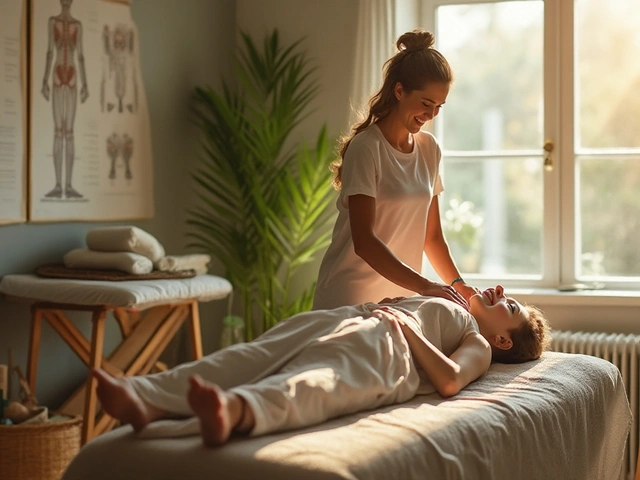Massage Therapy for Dogs: Simple, Effective Steps You Can Use Today
Want your dog to move easier, relax faster, or recover sooner after exercise? A short, targeted massage can do that. You don’t need special gear to start—just a calm space, a soft surface, and a few minutes. Below you’ll find clear techniques, when to stop, and how to choose a pro when the problem needs more than your hands.
Quick Techniques That Help Right Now
Start slow and watch your dog’s reactions. If your dog leans in, wags, or snoozes, you’re on the right track. If they pull away, yelp, or stiffen, stop and check with a vet.
- Effleurage (long, gentle strokes): Use flat palms to sweep from the neck down the back and along the sides. Five minutes before or after activity warms muscles and calms nerves.
- Petrissage (gentle kneading): Lift and squeeze loose skin and muscle—think gentle dough. Great for tight shoulders and hips, but never force it around painful joints.
- Myofascial work: Glide slowly over tight areas to find spots that feel firmer than surrounding tissue. Hold gentle pressure (few seconds) and then move; repeat a few times. This helps mobility when done carefully.
- Cross-fibre touch: Short, light strokes across muscle fibers can break up small adhesions. Use low pressure and stop if the dog shows discomfort.
Keep sessions short at first—2 to 5 minutes per area. Increase to 10–15 minutes total for relaxed, cooperative dogs. Always combine massage with light movement afterward so the dog’s body can use the improved blood flow and loosened tissues.
When to See a Professional and What to Ask
If your dog has ongoing limping, sudden stiffness, change in appetite, or clear pain, massage at home isn’t enough. A qualified animal physiotherapist, veterinary massage therapist, or rehab specialist can assess underlying issues and use techniques like neuromuscular therapy or targeted myofascial release safely.
When you call, ask these quick questions: Do you have certification in canine massage or animal rehab? Can you show before/after examples for dogs like mine? Do you work with vets when an injury looks serious? A good pro will welcome those questions and explain a clear plan.
If you want more reading, check articles on sports massage, myofascial release, and neuromuscular techniques to understand how each approach helps recovery and mobility. Use what you learn to have smarter conversations with your vet and therapist.
Massage is a powerful, low-cost tool for comfort and recovery—used right, it helps dogs move better, sleep more soundly, and bounce back faster from exercise. Start gently, watch your dog, and get professional help for anything that looks more than routine stiffness.
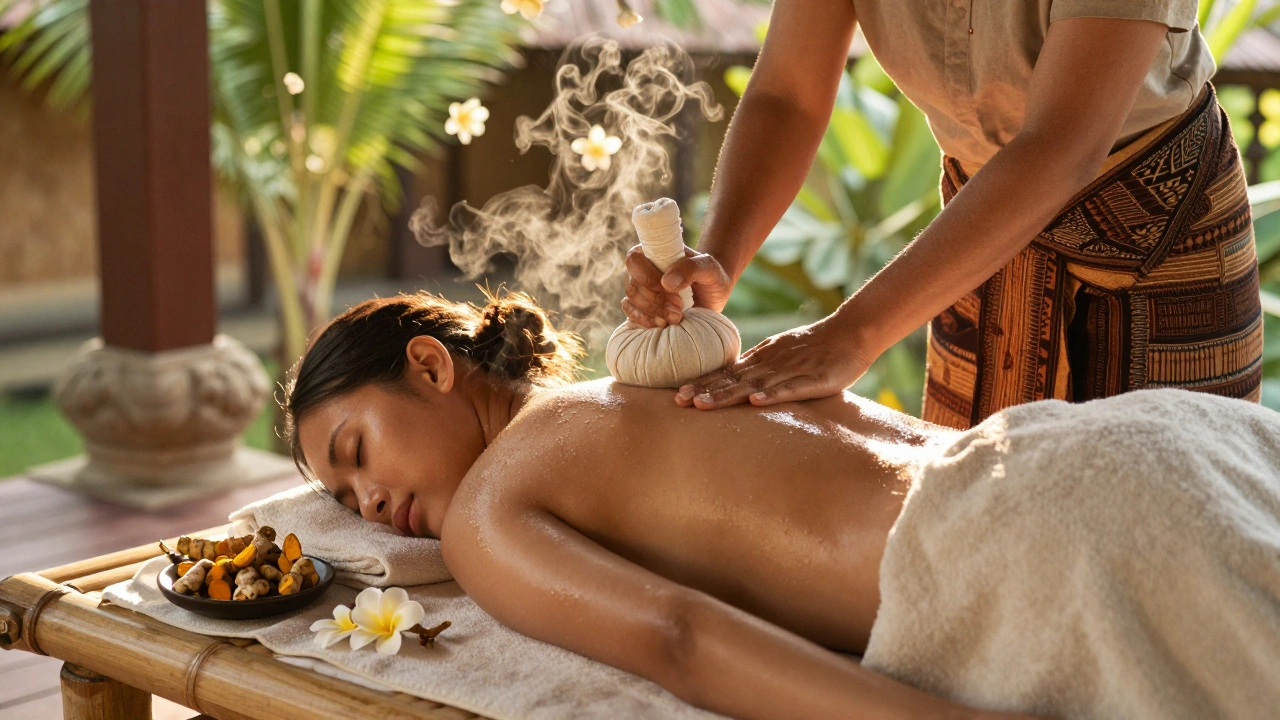
A Closer Look at the Traditional Balinese Massage
Discover the traditional Balinese massage-a centuries-old healing ritual blending herbal oils, rhythmic pressure, and energy work. Learn how it differs from other massages and why it’s more than just relaxation.
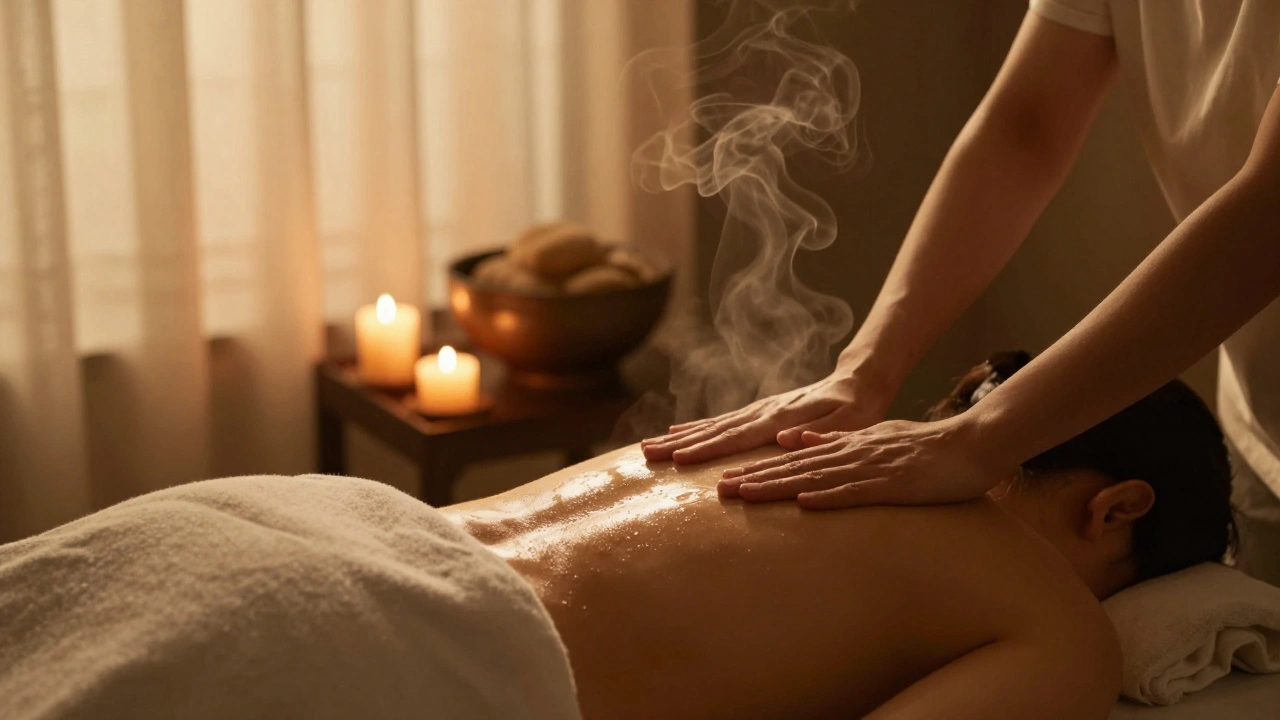
Swedish Massage: The Art of Healing and Relaxation
Swedish massage uses gentle strokes to reduce stress, improve circulation, and promote deep relaxation. It’s one of the most effective, science-backed ways to reset your body and mind without medication or intense therapy.
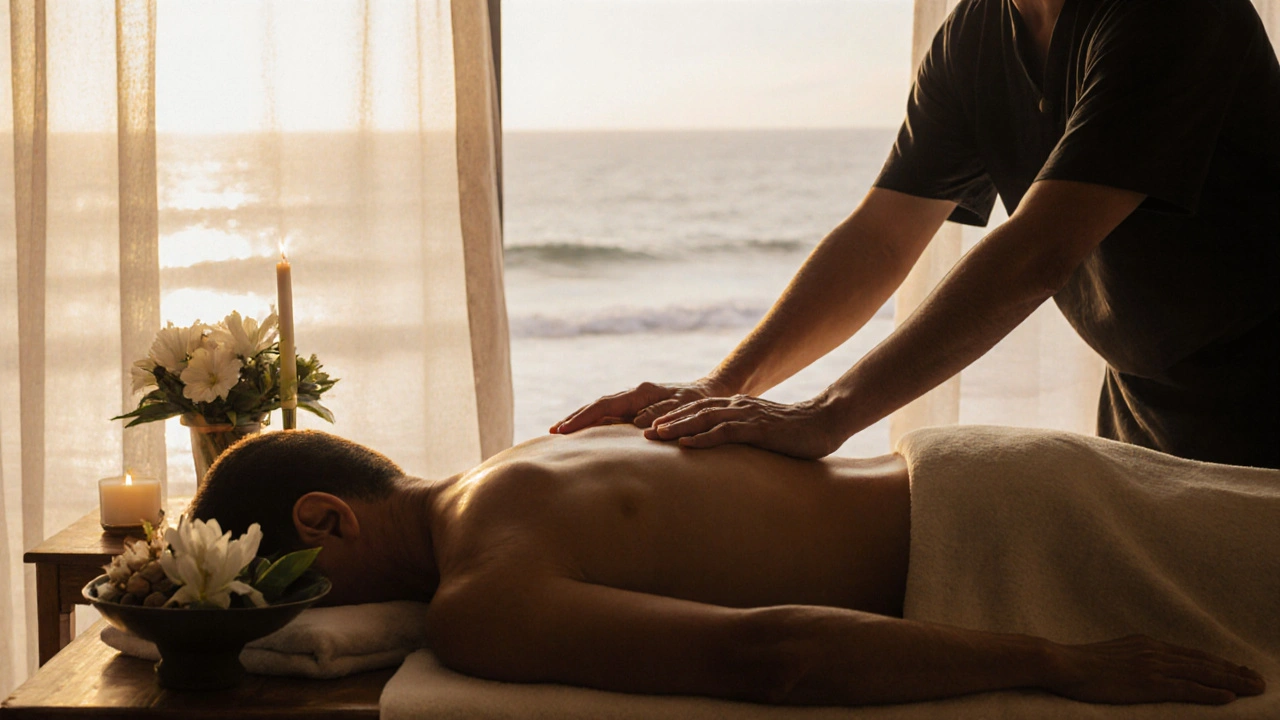
Lomi Lomi: The Ancient Hawaiian Healing Art That Restores Body and Spirit
Lomi lomi is an ancient Hawaiian healing massage that uses flowing strokes, sacred oils, and spiritual intention to release emotional and physical tension. More than just bodywork, it’s a tradition that reconnects you to your breath, your ancestors, and the rhythm of nature.
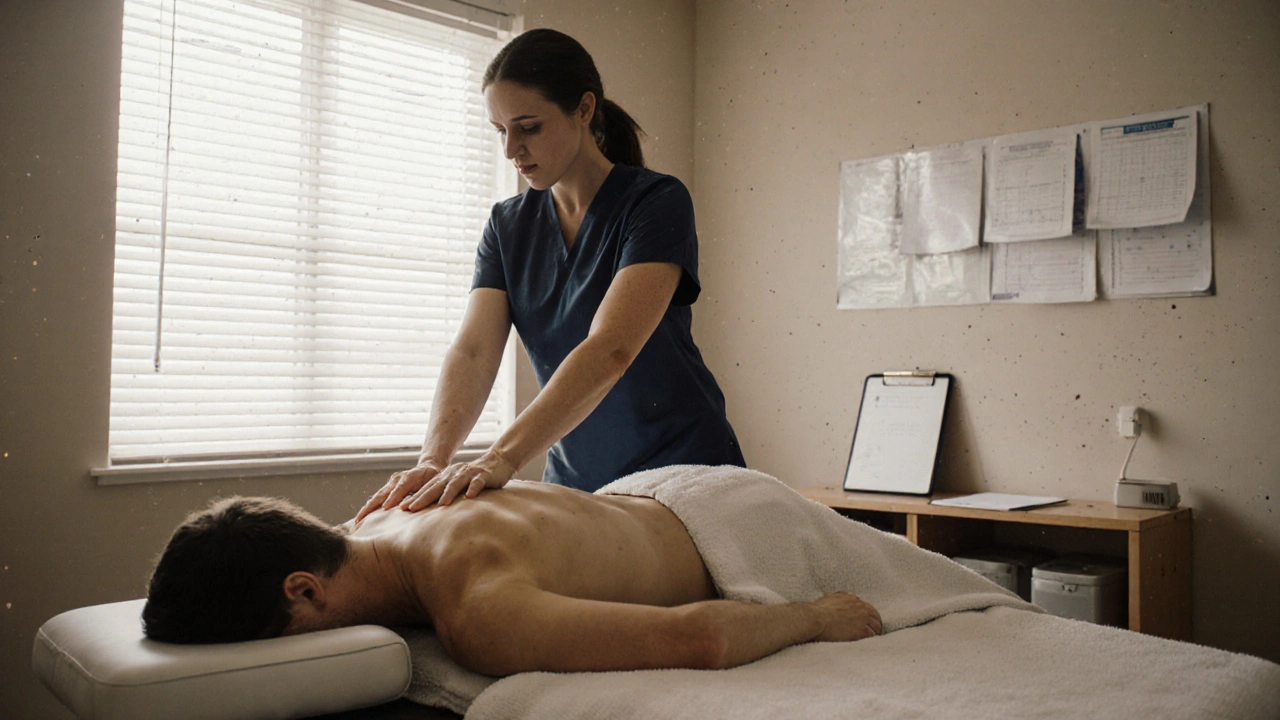
Rediscover Health and Wellness with Medical Massage
Medical massage is a targeted therapy for chronic pain, injury recovery, and mobility issues - not just relaxation. Learn how it works, who it helps, and how to find the right therapist.

Sports Massage for Athletes: Complete Guide to Benefits, Timing, and Techniques
Evidence-backed guide to sports massage for athletes-benefits, timing, techniques, risks, and self-care-so you recover smarter and perform better.

Amma Massage Explained: Benefits, Techniques, and What to Expect
Curious about Amma massage? Learn what it is, how it works, benefits, what a session feels like, how it compares to other styles, and safe self-acupressure tips.

Laos Massage Guide 2025: Techniques, Benefits, Costs & What to Expect
Clear, practical guide to Laos massage: what it is, techniques, benefits, safety, etiquette, and 2025 price ranges-plus how to pick a therapist and get results.

Ayurvedic Massage for Stress Relief: Benefits, Techniques, and How to Start
Stressed and wired? Learn how Ayurvedic massage eases your nervous system, which techniques to choose, what a session costs in NZ, and a simple home routine that works.
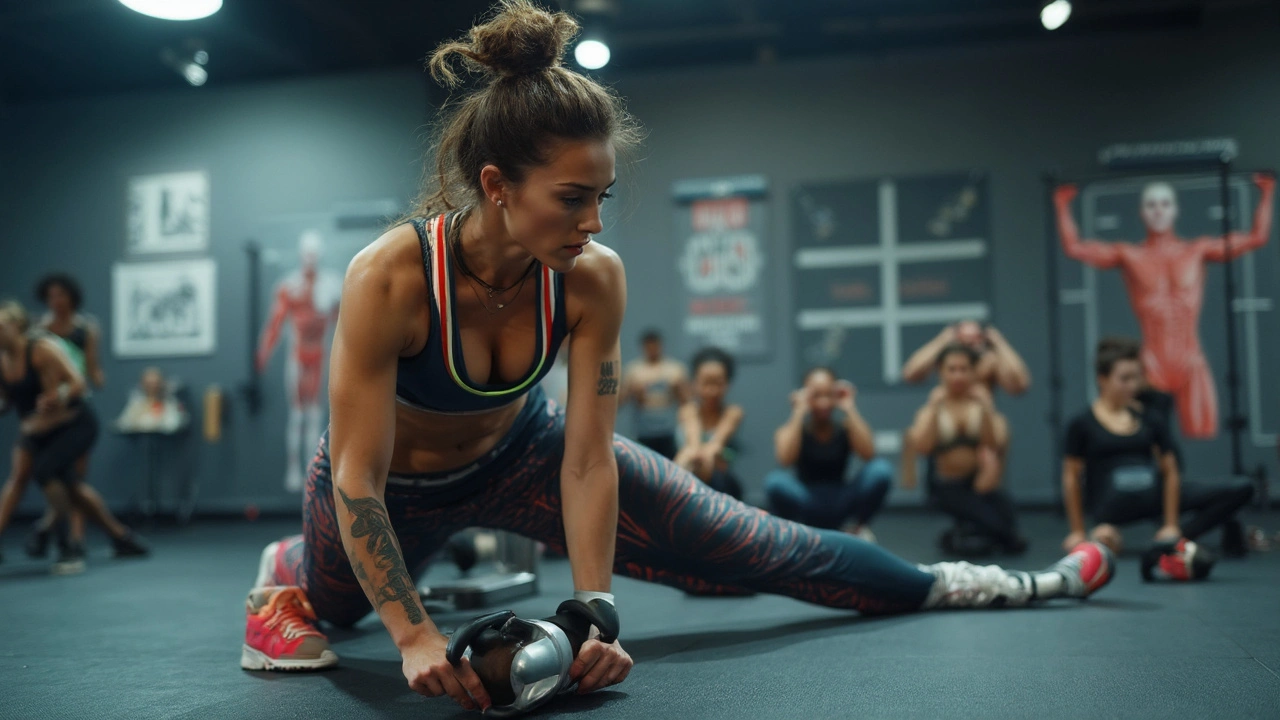
Sports Massage Science: Boosting Athletic Recovery and Performance
Discover how sports massage works, what science says about its effects on your body, and get real tips for using massage to boost recovery and performance.

Ayurvedic Massage Benefits: Healing for Body and Mind Explained
Curious about Ayurvedic massage? Learn how this ancient therapy nurtures your body, quiets your mind, and supports natural healing with practical tips and real-world insights.

How Health Goals Spark Real Change in Your Life
Oct, 15 2025

10 Things You Didn't Know About Hammam
Sep, 7 2023

Stress Reduction: Transform Your Life Today
Dec, 5 2023

